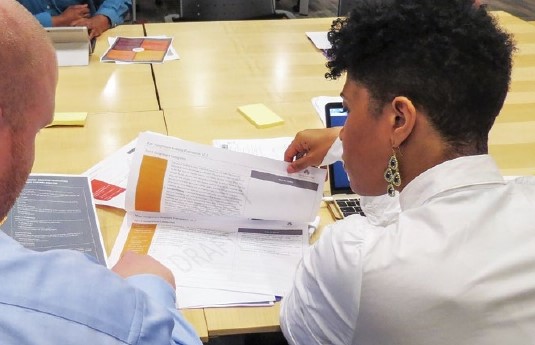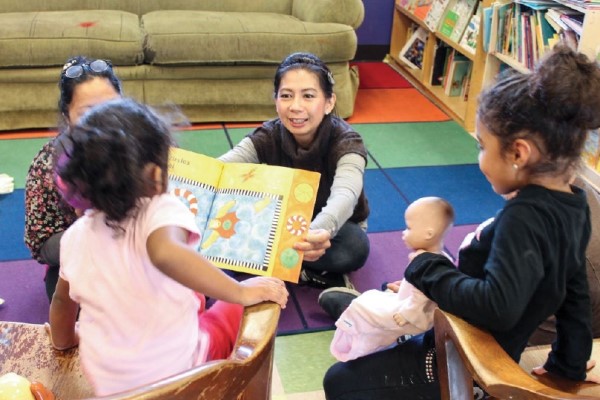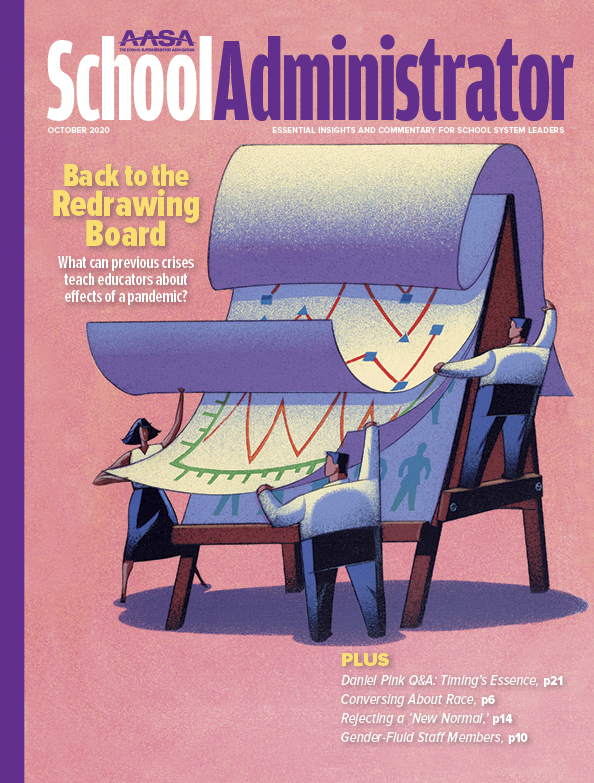May 2016: School Administrator
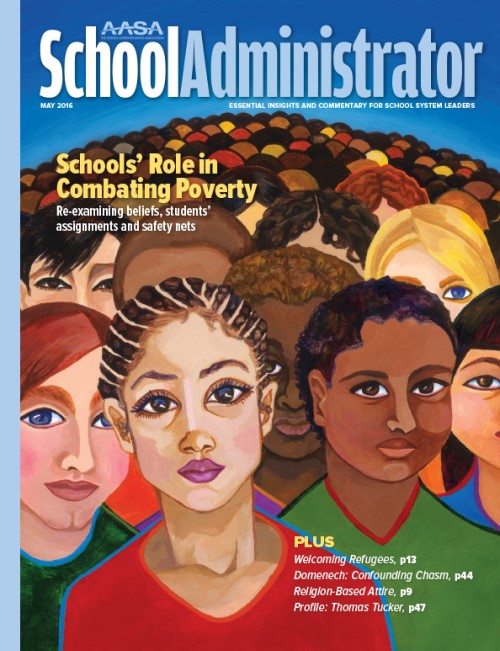
Re-examining beliefs, students' assignments and safety nets
Advertisement
Additional Articles
-
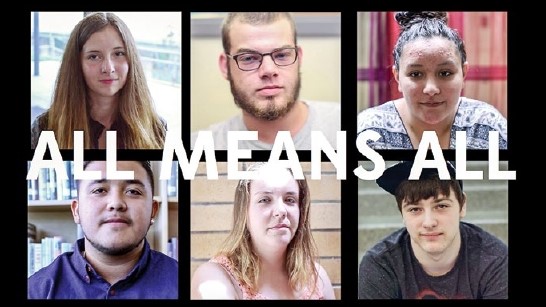 Our ‘Month in Poverty’ Inspires Action
Our ‘Month in Poverty’ Inspires ActionIn one Oregon town, students are much less successful than their peers who are not economically disadvantaged
-
 Not By Schools Alone
Not By Schools AloneThe Communities In Schools program surrounds vulnerable students with coordinated support
-
 Using Real-Time Data to Help Students in Need
Using Real-Time Data to Help Students in NeedA district provided universal in-school administration of the PSAT to every high school sophomore and junior and the SAT to every senior.
-
The District’s ‘Ad-Vantage’ Point
An argument that high-poverty, high-performing schools beat the odds against student learning despite bureaucratic barriers.
-
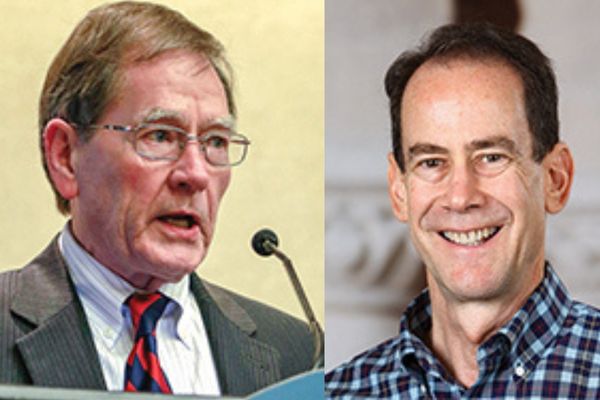 Superintendents’ Part in Narrowing Opportunity, Achievement Gaps
Superintendents’ Part in Narrowing Opportunity, Achievement GapsA study identifies the common interventions used by leaders in 13 school districts in a national network
-
 What Can We Learn From Charters Serving High-Poverty Students?
What Can We Learn From Charters Serving High-Poverty Students?The director of a Stanford-based research center sees schools that have ‘cracked the code’ in low-income places
-
 Top 10 Problems on the Job
Top 10 Problems on the JobRanking the leading issues professionally and personally.
-
 Shielding From Danger?
Shielding From Danger?An educator gets in between two feuding parents to protect a high schooler.
-
 Regulating Religion-Based Staff Appearance
Regulating Religion-Based Staff AppearanceWhen matters of employee dress, grooming and appearance collide with sincerely held beliefs of faith.
-
Spurning That First Offer of a Superintendency
As in car buying, be ready to walk away if the conditions just aren’t right.
-
The Guilt of Instructional Leadership
Why an artificial dichotomy says good district managers can't be influential in the classroom.
-
Warmly Welcoming Refugees: Ready to #InspireHope?
In administrator in Ontario on three ways school leaders can act on the moral imperative.
-
The Surprises of Parenting a Child With Autism
The day a school photographer caught the perfect image. The author is a superintendent in Pennsylvania.
-
.png?sfvrsn=2c854cfb_9) Poverty and Children’s Trajectories
Poverty and Children’s TrajectoriesThe issue of poverty is the single most important issue facing educators today. Poverty exists in rural, suburban and urban districts.
-
 Our Country’s Confounding Chasm
Our Country’s Confounding ChasmShould anyone be surprised when zip code is the most accurate predictor of student achievement?
-
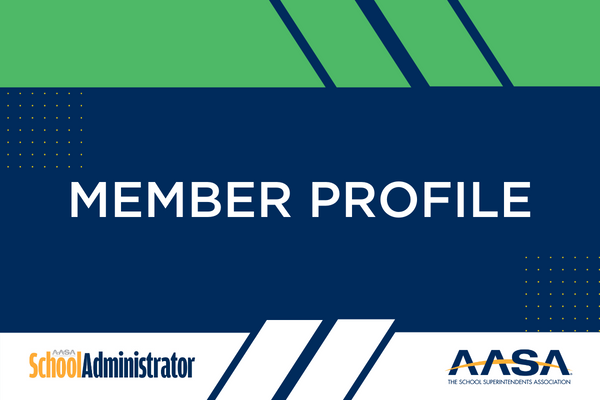 Remember Your Past and Pay It Forward
Remember Your Past and Pay It ForwardThe 2016 National Superintendent of the Year acts on his family’s past in the Deep South to pay it forward.
Staff
Editor's Note
Pervasive Poverty
In preparing this issue, I looked at some government statistics to better appreciate the immense and ever-growing responsibility borne by public educators in supporting the school-age population in this country.
Since 2000-01, the number of students eligible for free/reduced-price lunch has rocketed from 17.8 million to 24.3 million. The latter figure means 51 percent of all public school students nationwide (as of 2013) now qualify as poor, according to the National Center for Education Statistics. Mississippi, at 72 percent, has the highest percentage of school-age youngsters in poverty of any state.
Like many of the subjects we choose as editorial themes, poverty in schooling lends an endless array of possible directions. I think we’ve chosen wisely in what we are offering our readers of School Administrator this month.
Elizabeth Kneebone of the Brookings Institution looks at the suburban safety net for students in poverty. Paul Gorski, founder of EdChange, tackles the sticky issue of altering educators’ attitudes. A former superintendent, Rob Smith, details how some inner-ring suburban school systems appear to be narrowing the opportunity and achievement gaps. Macke Raymond, a research director at Stanford, tells us what she has learned about the way charter schools teach children from low-income homes.
Other contributors include Bill Milliken of Communities In Schools; Kati Haycock of the Education Trust; and Kathleen Budge, co-author of Turning High-Poverty Schools into High-Performing Schools.
Jay P. Goldman
Editor, School Administrator
703-875-0745
jgoldman@aasa.org
@JPGoldman
Advertisement
Advertisement


